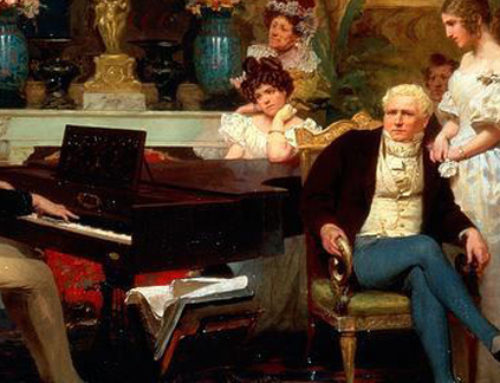Renowned pianist and composer Ludwig van Beethoven published Pathetique Sonata, alternatively referred to as Piano Sonata No. 8 in C Minor, Op, in 1799. The French meaning of “pathetique” is emotional or passionate, and it is said Beethoven personally chose to title the composition such because of the sonata’s tendency to represent both romance and sorrow.
Taking 19 minutes to perform, the Pathetique Sonata consists of three movements. The opening movement is Grave, which progresses from solemn and slow to Allego di molto e con brio, which is faster and more vigorous. The work’s famous C minor key is introduced here. The second movement is Adagio cantabile, which is slow, but lyrical, and consists of two episodes that repeat the now famous cantabile melody, which is performed in A-flat minor. This cantabile became the melody for musician Billy Joel’s song “This Night,” which was included on his album, Innocent Man.
Rondo is the sonata’s third movement. Again in C minor, the closing movement is similar to the first movement’s Allegro. Consisting of three episodes, the rondo successfully combines the three movements and is played in E-flat major, A-flat major, and C major. Beethoven includes a dramatic coda in this movement, as well as sforzando.
Although Beethoven was just 27 years old when he composed Pathetique Sonata, it became one of his most famous and celebrated compositions. While some claimed it to be unorthodox or eccentric, it was his first use of C Minor, which he later repeated when he wrote Symphony No. 5, which also became one of his most renowned compositions.
Click here to learn more about the services Robert’s Piano Services offer.
Call 408.375.3612 today for a free consultation to determine your piano’s needs and create a personalized tuning and servicing schedule based on your piano’s age, condition, usage, and environmental factors.
专业钢琴调音师
钢琴调音器
钢琴维修
钢琴检查
















